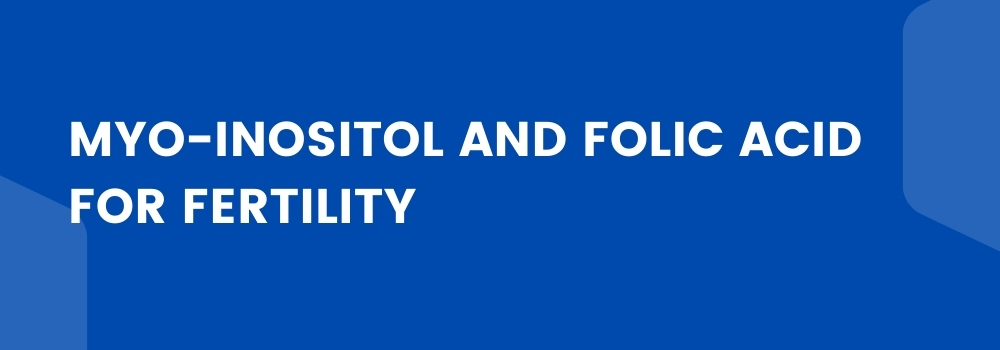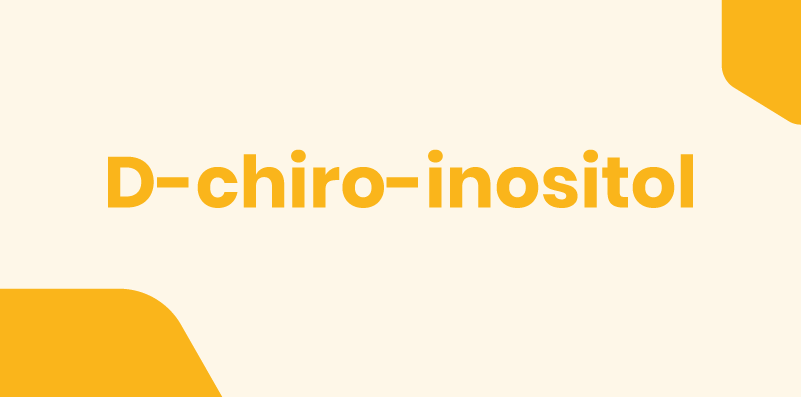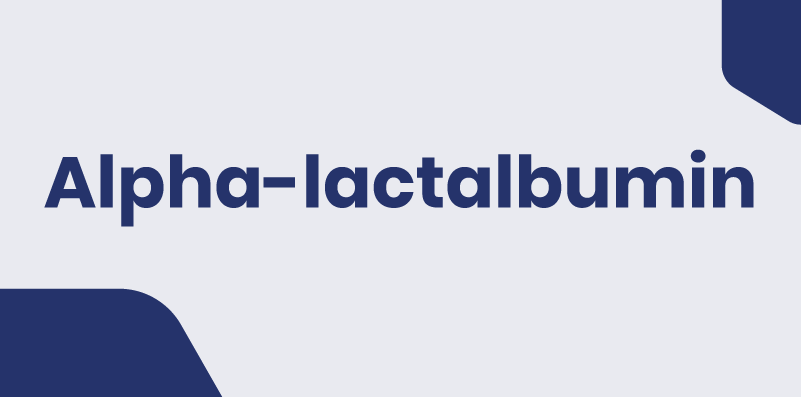Introduction
Recently, there is an increasing tendency to emphasize that female age is one of the main factors in affecting fertility. The average age in which the first child is sought has moved up by around 10 years in the past 70 years and it is a fact. The complex factors of social transformation that have seen the family organization and the role of women radically change in 50 years: completing their studies, looking for a satisfying job, consolidating their relationship and planning a child today lead the search for a pregnancy in the fourth decade of life.But what are the risks associated with late pregnancy?Neural tube defects (DTN) are among the main risk factors for the foetus. In this article we talk about how folic acid and myo-inositol can significantly reduce the risks for the foetus.
What are neural tube defects?
Neural tube closure defects are a group of congenital malformations caused by abnormalities of embryonic development that occur within 28 days of conception. The incidence of these malformations in Italy is 1 child affected per 1,500 births. The most well-known form of NTD is myelomeningocele or spina bifida.Neural tube closure defects (DTN) represent one of the most common causes of congenital malformations, for a frequency that ranges between 0.5 and 2 per 1000 pregnancies [1].
The importance of folic acid
The neural tube is the embryonic structure whose closure is completed within the fourth week following conception and which develops to form the central nervous system. The NTD depends on an alteration of the closure mechanisms of this structure, with consequent serious malformations, among which the spina bifida (myelo-meningocele) and the anencephaly are the most frequently observable events, while other clinical pictures (craniospinal-rachischisis, iniencephaly, encephalocele) represent less frequent forms. NTDs are an important cause of mortality (anencephaly is not compatible with life) and morbidity (subjects with spina bifida have various degrees of disability, depending on the level of spinal cord injury).Although the periconceptional administration of folic acid is able to prevent most NTDs, it is estimated that about 30% of these malformations are independent of the intake of folate (2).
Myo-inositol to increase the protective effect
Myo-inositol plays a fundamental role as a second messenger of different hormones such as insulin, FSH, TSH. It is known in fact how its deficiency causes alterations in the response to these hormones; controls the metabolism of fats and sugars, and also regulates the cellular functions of the nervous system [3]. Scientific studies have shown that high concentrations of myo-inositol in the follicular fluid are predictive of good oocyte and embryo quality. In fact, in pathological conditions such as polycystic ovary syndrome (PCOS), a lack of myo-inositol is found in the follicular fluid level [4].The function of inositol in embryogenesis has been shown to be necessary for the development of numerous parts of the brain.Among the most important scientific research in recent years, the PONTI study (Prevention of neural tube defects by inositol) reported the effectiveness of myo-inositol plus folic acid in the prevention of NTD, compared to folic acid alone, in 117 women with a previous pregnancy with NTD and a new pregnancy planned [5]. The supplementation with myo-inositol and folic acid began in the periconceptional period, starting at least 4 weeks before pregnancy. All mothers had followed a correct supplementation of folic acid in their previous pregnancies. Despite the high risk of recurrence, after the combination of folic acid and myo-inositol, 29 children without NTD were born and the treatment was proven effective and without side effects on both mothers and foetuses for at least fifteen years [6 ]. The results were favourable and were described as follows: – 29 women treated with myo-inositol and folic acid gave birth to healthy children. – 3 pregnancies with NTD were registered in the control group.
Therefore, in light of the results reported on the use of myo-inositol in reducing the risk of recurrence of NTD, the authors support the periconceptional association of myo-inositol + folic acid in mothers with a previous pregnancy affected by NTD as considered to be at risk of being resistant to folate compared to the intake of folic acid in the periconception phase.






